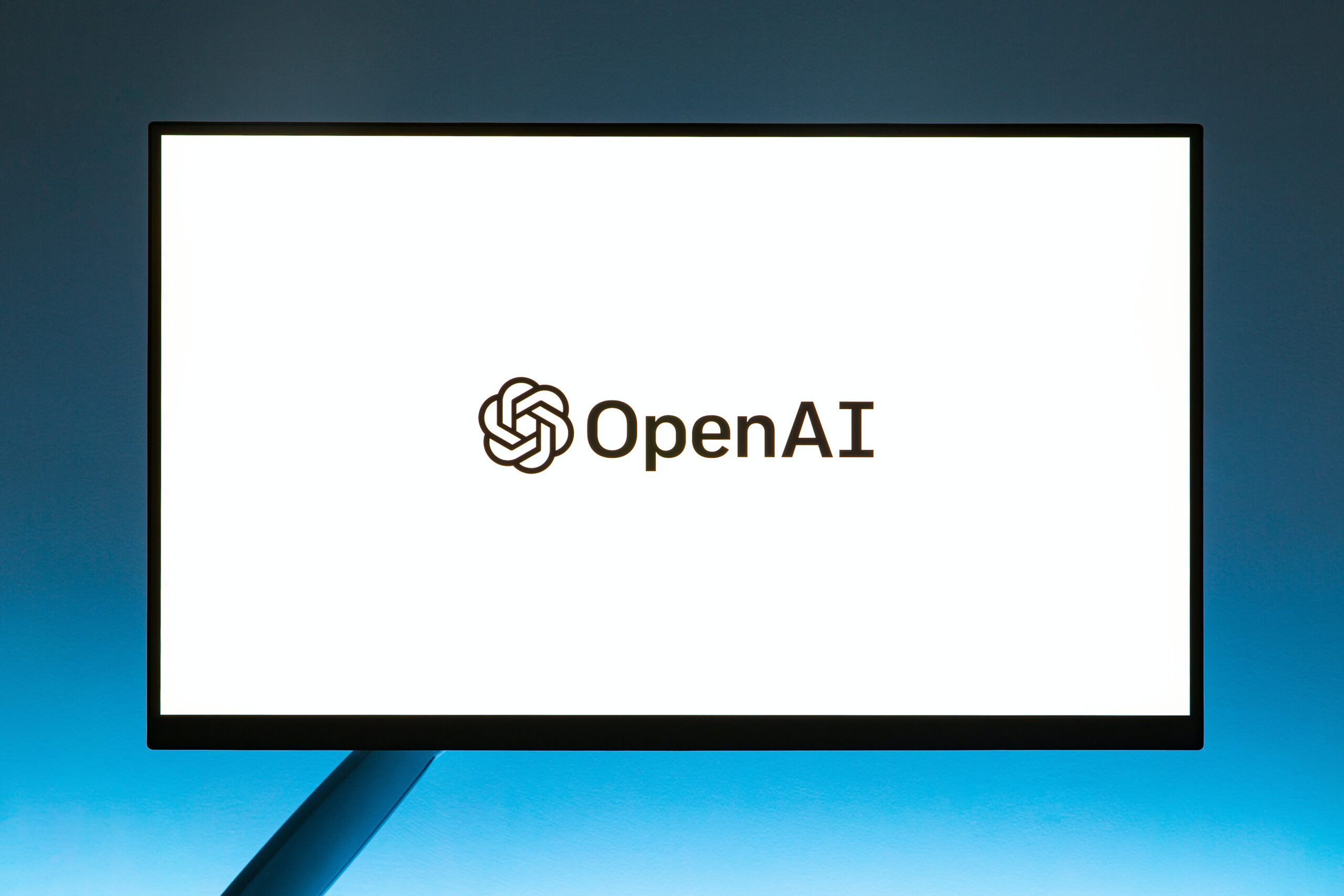Many people have been curious about how companies like OpenAI make money. Are you one of them too? Then you have reached the right place. This article will help find the answer to this question and also understand the functioning of the finances.
Let us find out!
How Does OpenAI Make Money?
OpenAI, a leading name in artificial intelligence research, has diversified its revenue streams to sustain its groundbreaking work. Here’s a brief overview of how OpenAI generates income:
There are various ways it makes money; they are:
1. Investments
OpenAI invests in startups that focus on Artificial Intelligence (AI ). They are its primary source of income, and these financial commitments come from the ‘OpenAI Startup Fund.’ The fund size is almost $100 million, and in exchange for its investment, OpenAI receives an equity stake. The money comes by selling its shares at a higher price, which is different from the initial price it was bought.
Also, Microsoft is investing in it. The company invested around $1 billion in OpenAI in July 2019, making them the sole provider of cloud computing services to OpenAI, and Microsoft provides the infrastructure to expand OpenAI.
Recently, with their partnership, Microsoft gave them $10 billion.
2. Subscriptions
It charges a subscription fee for ‘ChatGPT Plus,’ the premium version of ChatGPT. You have to pay $20 per month to be part of the exclusive version of the chatbot. However, ChatGPT is still accessible to the public. The functioning of the premium version is the same as the free ChatGPT. However, you get better speed and performance with more tokens in the premium version.
3. Licensing
It also makes money with licensing, and they charge licensing fees on its AI models on a per-unit basis. Here is how OpenAI has done the pricing; we have listed out the pricing of the language models:
(Prices are per 1,000 tokens.)
- Fine-tuning models
| Model | Training | Usage |
| Ada | $0.0004 / 1K tokens | $0.0016 / 1K tokens |
| Babbage | $0.0006 / 1K tokens | $0.0024 / 1K tokens |
| Curie | $0.0030 / 1K tokens | $0.0120 / 1K tokens |
| Davinci | $0.0300 / 1K tokens | $0.1200 / 1K tokens |
- InstructGPT
| Ada (Fastest) | $0.0004 / 1K tokens |
| Babbage | $0.0005 / 1K tokens |
| Curie | $0.0020 / 1K tokens |
| Davinci (Most powerful) | $0.0200 / 1K tokens |
- ChatGPT
| Model | Usage |
| gpt-3.5-turbo | $0.002 / 1K tokens |
- GPT-4
| Model | Prompt | Completion |
| 8K context | $0.03 / 1K tokens | $0.06 / 1K tokens |
| 32K context | $0.06 / 1K tokens | $0.12 / 1K tokens |
4. Foundry
To provide enterprise clients with a more reliable infrastructure and volume, OpenAI introduced a new enterprise service called Foundry. Foundry is just an augmentation of the API service. GPT-3.5 will cost you approximately $78,000 over three months or $264,000 over a year.
FAQs
1. Is Elon Musk an investor in OpenAI?
OpenAI no longer includes Elon Musk as a shareholder; he is not a member of the board and does not influence its decisions anymore.
2. Who owns the stock?
Although privately owned, Microsoft has a sizable stake in Open AI. They made a $1 billion investment in 2019, and they hold the license for GPT-3.
3. Is GPT-3 available for everyone?
Yes, it is free to the public. GPT-3 can be used for a wide range of writing jobs, from coming up with a catchy one-liner to writing thought-provoking poetry.
Conclusion
OpenAI, with its groundbreaking advancements in the realm of artificial intelligence, has established a multifaceted revenue model that encompasses investments, subscriptions, licensing, and enterprise services. Their partnership with tech giants like Microsoft and their innovative approach to monetizing AI models like GPT-3 and GPT-4 showcases their strategic vision for the future. Whether you’re an AI enthusiast, a potential investor, or just curious about the world of artificial intelligence, understanding OpenAI’s financial workings offers a glimpse into the future of technology and its commercial implications.
More articles related to OpenAI: OpenAI Codex Vs. GitHub Copilot.
